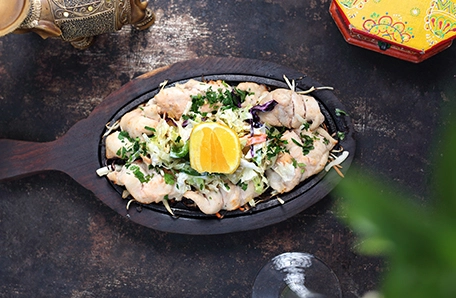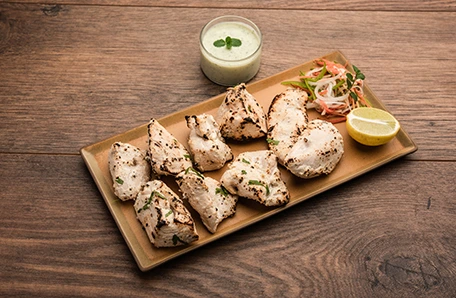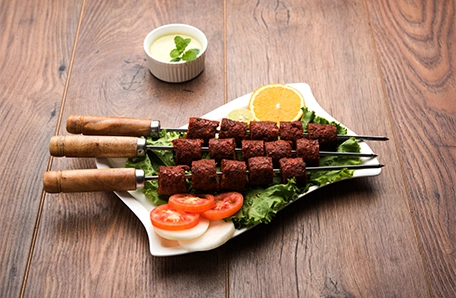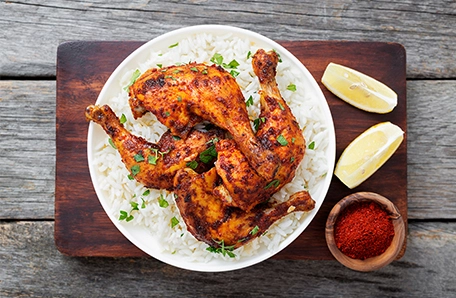Tracing the culinary legacy of the Mughlai Feast
- Breads
- PitchWorx
- One Comment
Tracing the culinary legacy of the Mughlai Feast
Renowned for its distinct aroma, lavish preparation and use of whole ground spices, the royal culinary roots of Mughlai cuisine can be traced back to its 500 years old extravagant legacy with influences from Uzbekistan, Iranian, Indian and several other cooking traditions. Think melt-in-the-mouth kebabs and koftas, biriyani, mughlai paratha, murg musallam and rezala! While Mughal emperor Babur is credited for laying the foundation of the indulgent Mughlai cuisine, it was “Humayun introduced the addition of raisins and sultanas to dessert dishes like phirni. His wife, Hamida, introduced the use of saffron and dry fruits in the royal kitchens as well.”
Traditionally, butter, yogurt, milk or cream were used to enhance and enrich curries and stews. Edible flowers, silver or gold foils embellished the rich saffron, cardamom and cinnamon-spiced desserts. The regal fares are prepared in copper vessels or “deghs” for their own unique health benefits and even distribution of heat. Another technique unique to Mughlai-style-of-cooking is “birista” or browning of onions–the ultimate litmus test for any Mughlai dish. From imperial kitchens to the streets of New Delhi, these royal delicacies have made their way into gourmet restaurants to street food stalls to our very own kitchens.
have you tried these?
Check out our best seller offerings below.
Afghani Chicken
- Select options This product has multiple variants. The options may be chosen on the product page
Tandoori Chicken
- Select options This product has multiple variants. The options may be chosen on the product page




1 thought on “Tracing the culinary legacy of the Mughlai Feast”
since the 1500s, when an unknown printer took a galley of type and scrambled it to make a type specimen book. It has survived not only five centuries, but also the leap into electronic typesetting, remaining essentially unchanged. It was popularised in the 1960s with the release of Letraset